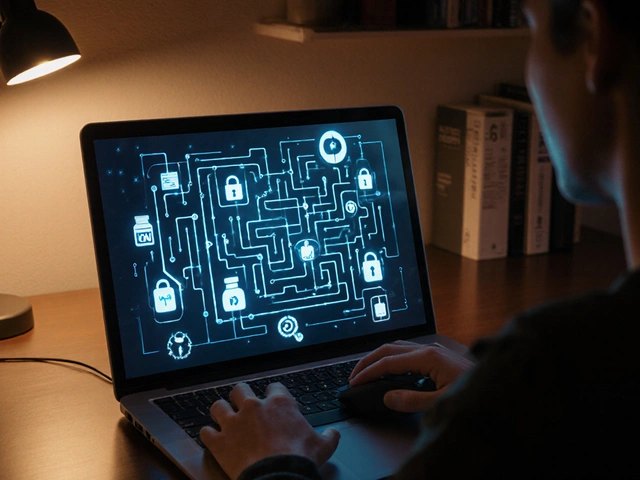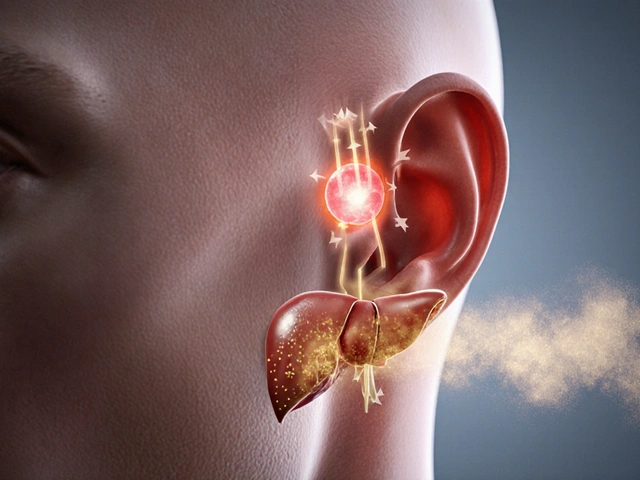Prescription Delivery: How to Get Meds Safely to Your Door
Getting prescriptions delivered saves time and keeps you on schedule with treatment. But not all delivery options are equal. This guide shows practical steps to pick a safe service, protect your medication during transit, and avoid common scams.
Start with your pharmacy. Many local and national pharmacies offer same-day or next-day delivery and handle prescriptions directly from your doctor. Using a pharmacy that fills your prescription reduces mistakes because pharmacists can check interactions, dosing, and insurance coverage before shipping.
If you prefer online pharmacies or mail-order services, verify credentials first. Look for pharmacy licensing, a physical address, and a pharmacist contact number. In the US, search the National Association of Boards of Pharmacy or look for a Verified Internet Pharmacy Practice Sites (VIPPS) seal. For other countries, check local pharmacy regulators.
Be careful with international sellers. Some countries allow over-the-counter access to drugs that require prescriptions at home. Import rules, customs delays, and different product standards can affect safety. When in doubt, choose a local licensed option or ask your doctor.
How to choose a safe delivery service
Compare delivery methods. Standard mail is cheaper but slower. Courier services often include tracking, temperature control, and required signatures. For temperature-sensitive meds, pick a service that uses cold packs and insulated packaging.
Check delivery windows and tracking. Reliable services provide real-time tracking and delivery alerts. A missed delivery might expose medication to heat or theft. Ask for signature required or delivery to a secure pickup point if you aren’t home.
Look at packaging and storage policies. Reputable pharmacies publish how they package sensitive drugs and how long shipments sit in transit. They should offer guidance on refrigeration after arrival and refund policies for damaged or delayed orders.
Practical tips for receiving meds
Time deliveries for when someone is home. If that isn’t possible, send to work, a neighbor, or use a secure pickup locker. For controlled substances, extra ID checks are common; be ready to present identification.
Inspect packages immediately. Check seals, expiry dates, and medication names before signing. If anything looks off — wrong pill shape, labeling errors, damaged packaging — contact the pharmacy and your prescriber right away.
Save records and receipts. Keep tracking numbers, order confirmations, and pharmacy contact info. These help resolve errors, claim refunds, or report adverse events.
Watch for red flags. Extremely low prices, no pharmacist contact, foreign-only addresses, or promises to ship without a valid prescription are warning signs. Scammers lure buyers with cheap prices but deliver fake or dangerous products.
Final practical note: use telemedicine if needed. Many pharmacies partner with online clinics that can review your case and issue legitimate prescriptions. That can speed up delivery while keeping care safe.
Taking a few minutes to confirm credentials and delivery details makes prescription delivery convenient and safe. Use trusted services, plan pickups, and inspect meds on arrival to keep your treatment on track. Ask your pharmacist questions — they can help every step safely today.
Trying to move away from Pharmex Direct in 2025? Get the full scoop on practical alternatives that make managing your prescriptions less hassle. This guide highlights the details that matter, like home delivery, pill organization, and digital pharmacy convenience. Compare features, find out the real pros and cons, and see how each contender stacks up. Make your prescription routine simpler, with real info—not fluff or sales talk. If you're tired of jumping through pharmacy hoops, these options could save you time and stress.
View Details

